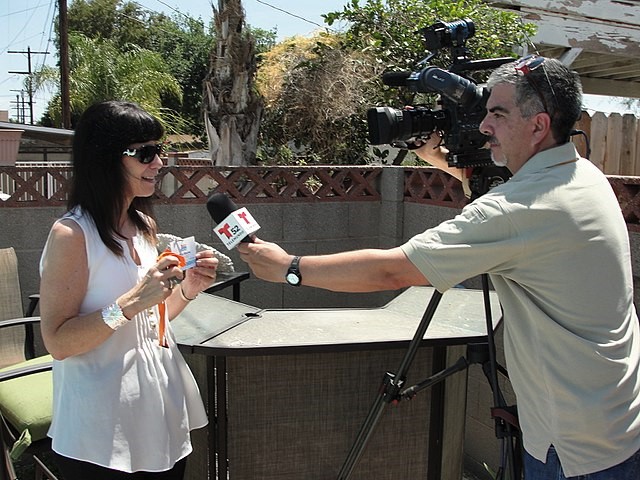In the ever-changing landscape of media, the journey from print to digital represents a transformative shift that has redefined the way we consume information. This transition has not only impacted the speed and accessibility of news but has also revolutionized the dynamics of communication. Let’s delve into the fascinating trajectory of mass media, tracing its roots in print and navigating through the digital revolution.
Print Media: A Historical Tapestry
The inception of mass media can be traced back to the era of print, where newspapers, magazines, and pamphlets held sway over public discourse. The Gutenberg press, a revolutionary invention of the 15th century, paved the way for the dissemination of information on a scale never witnessed before. This era witnessed the rise of influential publications, shaping opinions and galvanizing communities around shared narratives.
The Golden Age of Newspapers
The 19th and early 20th centuries marked the golden age of newspapers, with publications like The New York Times and The Times of London becoming household names. Print media played a pivotal role in shaping public opinion, influencing political landscapes, and fostering a sense of community. However, the constraints of print, such as limited space and delayed publication cycles, set the stage for the next epoch in mass media.
Digital Media: Breaking Barriers
The advent of the internet heralded a new era in mass communication, fundamentally altering the way news is produced and consumed. Digital media, with its immediacy and interactivity, broke the barriers of time and space that had confined print. The transition to digital brought forth a myriad of platforms — news websites, blogs, social media — each contributing to the democratization of information.
Social Media’s Resonance
Social media platforms emerged as the vanguard of digital communication, enabling real-time updates and fostering global conversations. The likes of Facebook, Twitter, and Instagram became powerful tools, shaping public discourse and challenging traditional media hierarchies. Information now travels at the speed of a click, transforming audience engagement and redefining the concept of ‘viral.’

The Hybrid Future
As we stand at the cusp of the third decade of the 21st century, the landscape of mass media continues to evolve. The future appears to be a hybrid of traditional and digital mediums, with established publications adapting to the digital age, and digital natives experimenting with long-form content. The synthesis of the two worlds opens new avenues for storytelling, providing diverse content experiences for an increasingly discerning audience.
Conclusion: A Tapestry Unfolding
The evolution of mass media from print to digital is not a linear narrative but a rich tapestry woven with the threads of technological innovation and societal shifts. Each phase has contributed to the democratization of information, empowering individuals to be both consumers and creators. The symbiosis of digital media is emblematic of this evolution, where visibility and relevance are the currencies of the digital realm. Come and visit Clip Movie to learn more about the evolution of mass media.



